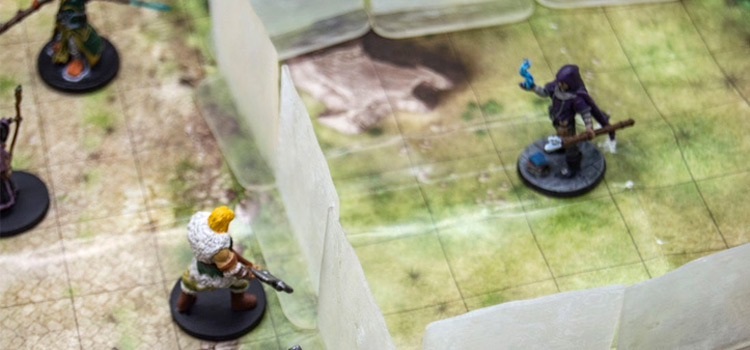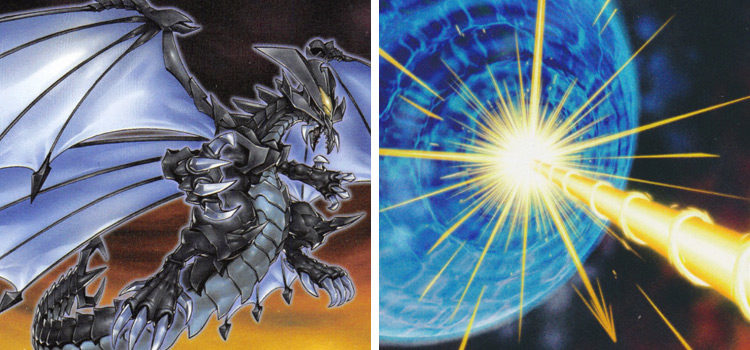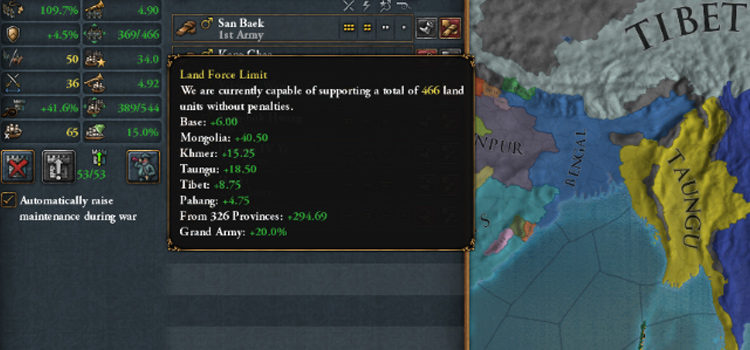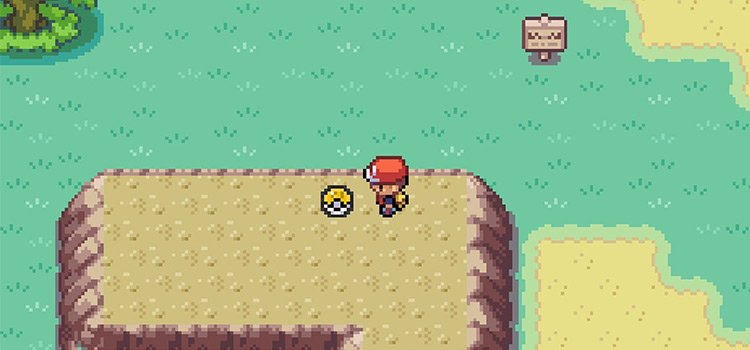D&D 5e: Wall of Force Spell Guide
This post may contain affiliate links. If you buy something we may get a small commission at no extra cost to you. (Learn more).
In Dungeons & Dragons 5th Edition, spellcasters can eventually bend the forces of reality to their will, from manipulating the elements to forming objects from magical essence.
Among such powers, there spells that particularly stand out—versatile spells that a mage can use to solve more than one type of problem.
One such spell is wall of force, which allows the caster to create practically indestructible invisible walls and organize their positioning.
We’ll start with the basics and then move on to how a powerful spell can have multiple applications.
Wall Of Force Spell:
Casting Time: 1 action
Range: 120 feet
Components: V S M (A pinch of powder made by crushing a clear gemstone)
Duration: Concentration, Up to 10 minutes
Access & Mechanics
Wall of force is a 5th-level spell, so it can be accessed as early as character level 9.
Considering the books published by Wizards of the Coast, only the following official classes and subclasses have base access to wall of force:
- Wizard
- Oath of redemption paladin
- Artillerist artificer
Bards present a special case since they could possibly gain access to this spell with their magical secrets feature.
Mechanics-wise, wall of force has a casting time of 1 action and a range of 120 feet.
It requires verbal, somatic, and material components to cast, and the caster can maintain concentration on the spell for up to 10 minutes. The following provides the exact description for what wall of force does, according to the Core Rulebook:
“An invisible wall of force springs into existence at a point you choose within range. The wall appears in any orientation you choose, as a horizontal or vertical barrier or at an angle. It can be free floating or resting on a solid surface. You can form it into a hemispherical dome or a sphere with a radius of up to 10 feet, or you can shape a flat surface made up of ten 10-foot-by-10-foot panels. Each panel must be contiguous with another panel. In any form, the wall is 1/4 inch thick. It lasts for the duration. If the wall cuts through a creature’s space when it appears, the creature is pushed to one side of the wall (your choice which side).
Nothing can physically pass through the wall. It is immune to all damage and can’t be dispelled by dispel magic. A disintegrate spell destroys the wall instantly, however. The wall also extends into the Ethereal Plane, blocking ethereal travel through the wall.”
Clarifications & Analysis
Before we get into specific application and tips on how to use wall of force, it’s worth keeping some considerations in mind:
A caster can create a wall in mid-air within range.
With up to a 10-minute direction, a wall of force spell will last long after any usual combat encounters in D&D 5e, which makes it a prime choice for out-of-combat-versatility.
The spell requires no saving throw to trap a creature inside (if they can fit in the form the caster creates) or to move the creature to one side of the wall (which the caster also chooses).
While the panels having to be contiguous with one another, a caster can create a wall at an angle and whose panels connect in different patterns—for example, like a zigzag—so long as the wall remains flat.
Based on the spell’s wording, the wall specifically creates 10-foot-by-10-foot panels, which can affect how it fits into constrained spaces, but the caster can choose to create a wall that includes less than the possible 10 panels.
Despite the wall’s immunity to most damage and its inability to be dispelled, creatures can still pass through the wall using teleportation or any methods that don’t involving directly moving on both the material and Ethereal Plane.
Wall of force blocks line-of-effect, which includes most spells and attacks. However, non-physical effects and abilities that can directly conjure something on the spot (like summoning a creature) can still take effect beyond the wall.
“Hemispherical dome” doesn’t have a real definition in 5e’s rules, so a Game Master (GM) can adjudicate whether wall of force’s dome form includes a similarly nigh impenetrable floor.
Only creatures with the ability to discern invisible objects (such as those affected by the see invisibility spell) can see the wall. Aside from the caster, no one else would know of the wall’s location, barring the appropriate senses or an external indication—like if a creature runs face first into the wall.
Tips, Tricks & Uses
Overall, wall of force is a straightforward spell that can have many applications.
We’ll cover a few here to get you started on how to think about using it (and similarly versatile spells) in- and out-of-combat.
The Classic Use
Perhaps the most straightforward use of wall of force’s dome form (or sphere form for mid-air targets) is to contain a creature (or multiple creatures) inside; this tactic works only if those trapped has no means to get out.
However, successfully trapping creatures in this way effectively removes them from combat or any encounter—just make sure the caster maintains concentration!
In 5e, the number of enemies you must deal with can significantly change the course of battle, so removing one notable opponent or several can make all the difference.
Alternatively, the caster can use the dome or sphere defensively, separating the caster’s allies from enemies or possibly harmful environmental conditions.
For example, imagine conjuring a wall of force to protect your party from being swept away by rushing water or, worse, lava flow!
Or, you can use the spell to protect the more fragile members of your party during a battle.
Area Control & Repositioning
If the situation involves more enemies than can be feasibly trapped inside the dome or sphere form, a spellcaster can take advantage of the spell’s lengthy wall to separate a section of the battlefield.
Depending on the terrain, this method could completely lock down the enemy, such as by blocking off a corridor; if not, at the least, it can help you adjust the areas of combat to your advantage.
You might orient the wall to funnel enemies to your position, forcing them to delay their movements towards your or perhaps cutting them off altogether.
With some coordination with your party, you can position your wall of force to cluster foes within an area, leaving them vulnerable to area-of-effect abilities that your allies might have.
In a pinch, you could even force an enemy to reposition by having the wall cut through the creature’s spaces, since you decide which side of the wall they get pushed to.
This aspect of the spell can help with separating enemies, but with some planning, it can also help you isolate an enemy from their group, as you and your allies can typically deal with them better alone.
Even when not directly in battle, the ability to cordon off areas and force movement form other creatures can prove invaluable.
Especially when trying to shake pursuers while being chased.
The Invisible Platform
Since a caster can both freely orient a wall of force and conjure it mid-air, the spell provides an alternative option to overcoming spatial obstacles.
Mid-combat, the wall of force can produce a platform at a distance that your enemies can neither penetrate nor easily reach.
This use most heavily benefits ranged attack users, and it forces opponents to respond with range in turn.
A wall that can have a length of up to a hundred feet also opens your options for maneuverability and mobility.
For example, you can lay down a wall to cross massive gaps, like between chasms or to circumvent entire structures in more urban spaces. You can also create a ramp, though it’s likely more useful for sliding down from significant heights than necessarily climbing.
Of course, you must accept that walking on an invisible wall will look very odd to most other people.
Creativity & GM Rulings
Being one of the more open-ended spells, wall of force lends itself to creative uses.
For example, setting up the invisible wall can cause a hilarious (for the spellcaster) situation when plopped in front of a cavalry charge.
Or maybe your Bard wants to have an invisible stage in the middle of the sky.
Due to its arguably vague wording, a caster might get away with certain implied uses.
You could technically squish a creature wedged between a wall of force and another sufficiently sturdy surface since the spell doesn’t say that it doesn’t do that. However this approach to interpreting wording might not always be accepted, as they rely solely on the spell’s wording (or often lack thereof) rather than intent.
As a result, these interpretations remain subject to each gaming group’s perspectives, particularly as ruled by the GM.
When coming up with something that pushes the bounds of the spell, or even if it’s just something really cool, you should endeavor to get your GM’s input, as they’ll ultimately facilitate how your usage of the spell turns out in your game.
Who Should Take This Spell?
Rather than suggest builds, it’s better to just say that wall of force can have a well-earned spot in any spellcaster’s repertoire.
Most especially if they have interest in providing battlefield control or out-of-combat utility.
While wall of force doesn’t directly deal damage, it can facilitate scenarios that clearly give your group of adventurers the advantage.
Its various forms lend to myriad uses. And an adventuring party will likely encounter situations where wall of force can enable, if not trivialize, a solution to the problem.






